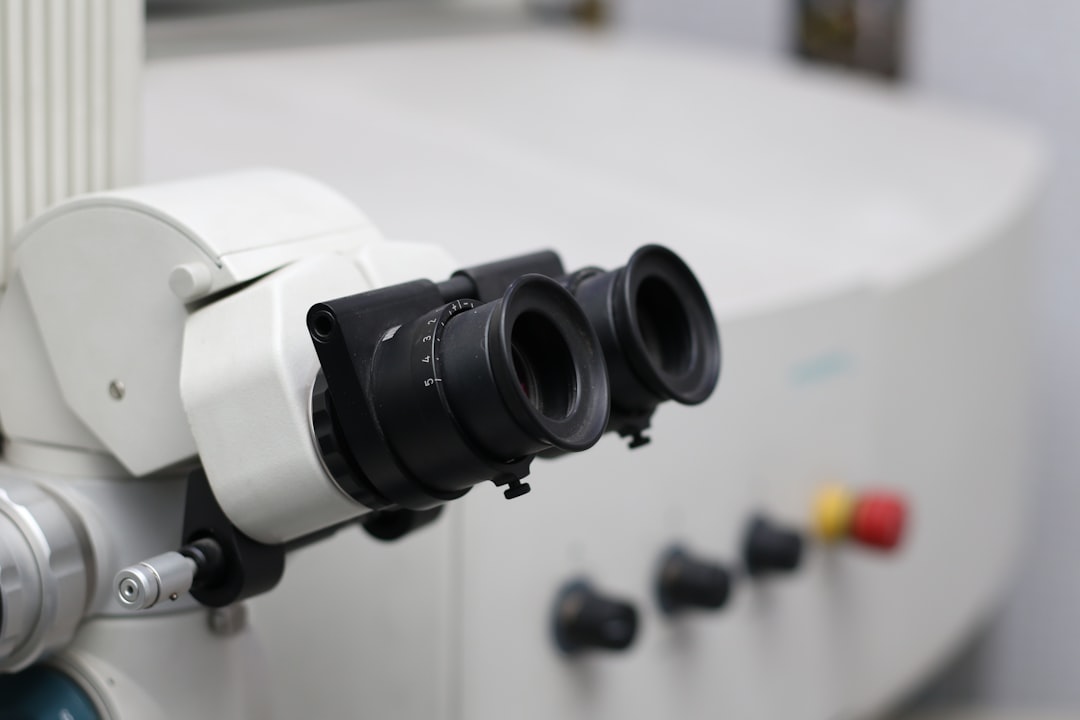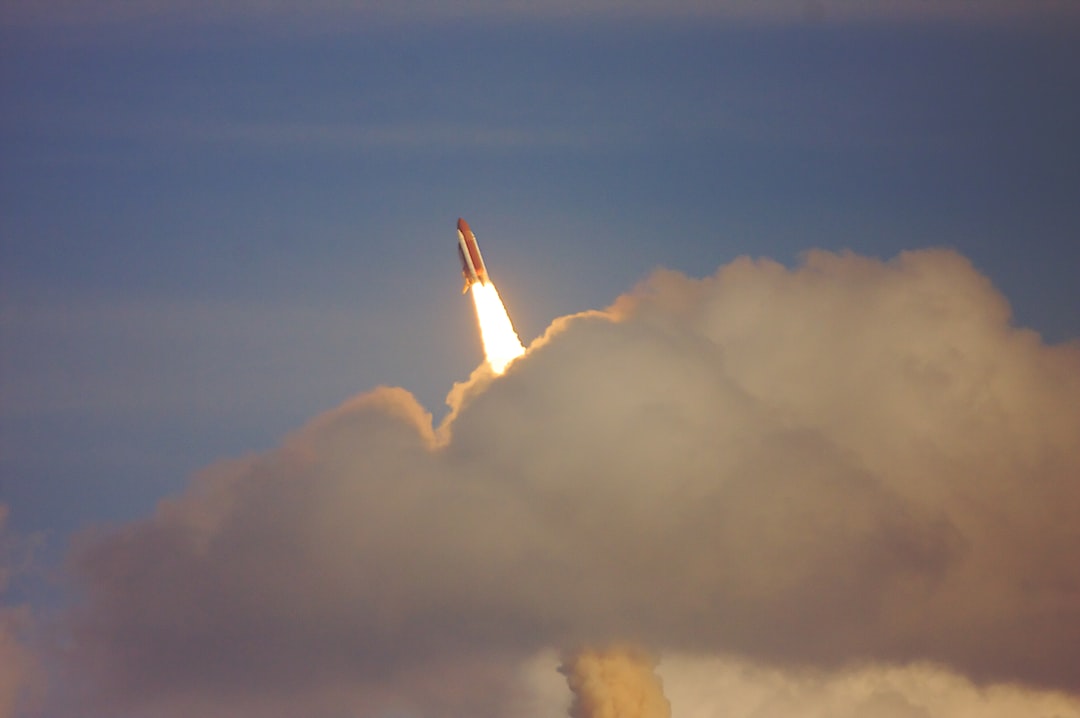What is it about?
Quantum computing is an exciting and dynamic research field, with potential applications to materials design, process optimization and more. Many of the leading types of quantum computer operate at microwave speeds - the GHz frequencies encountered with modern classical processor chips. This causes a problem when we try to hook these computers together - at room temperature the whole world glows in the microwave spectrum, creating noise. To avoid this problem we need to convert the quantum information to light, so that it can be sent down an optical fibre (as with classical computers. In our paper we study a new method of performing this conversion, by measuring a giant coupling between microwave and optical photons using excited states known as excitons in a superconductor.
Featured Image

Photo by Mathew Schwartz on Unsplash
Why is it important?
We have measured the largest microwave-optical Kerr nonlinearity in a solid, using a new approach based on highly excited states known as Rydberg excitons in a semiconductor called cuprous oxide. This is exciting because the giant nonlinearities associated with Rydberg states can normally only be observed in gases, which are much harder to work with at the very low temperatures needed to operate a microwave-optical converter.
Perspectives
I am excited about this paper as it is an experimental demonstration of an idea we had back in 2018, and its nice to see ideas work out! Its also beautiful piece of physics which brings something from atomic physics where I have spent most of my career, into solid-state physics.
Matthew Jones
University of Durham
Read the Original
This page is a summary of: Giant microwave–optical Kerr nonlinearity via Rydberg excitons in cuprous oxide, APL Photonics, March 2024, American Institute of Physics,
DOI: 10.1063/5.0192710.
You can read the full text:
Resources
Contributors
The following have contributed to this page










